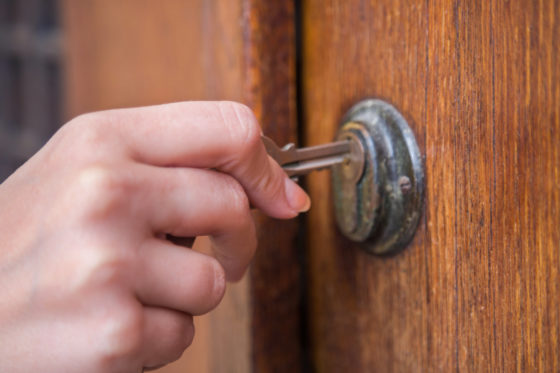Many people in B.C. are going home after wildfire evacuations. Keep these tips in mind to make sure your transition home is as safe and smooth as possible.

Photo credit: iStock.com/FotoCuisinette
Public safety officials are reaching out to evacuees returning home after being displaced by wildfires in B.C.
It’s hard to imagine the emotional impact of seeing your damaged home for the first time. I’ve never experienced it personally, and my heart goes out to anyone dealing with this.
This CBC article describes a step-by-step approach officials are advising evacuees take when returning home.
B.C.’s Public Safety & Emergency Services also has a detailed guide on things to keep in mind when returning home after a wildfire. Here are a few points it mentions.
Make sure your home is suitable for re-entry
This is one of the first safety considerations for people going home. Local governments place Damage Assessment Placards on buildings in fire-damaged areas. These cards let residents know if a structure is safe to enter.
Don’t eat food or drink water unless you’re sure it is safe
Don’t drink water from the tap unless officials have said it’s safe to do so. Food can be damaged by unsafe temperatures, smoke, ash, soot, fire retardant chemicals, water, and loss of power during a fire, so discard anything that is spoiled. Remember: when in doubt, throw it out.
Take pictures and keep your receipts
Keep an inventory and take pictures of the items you want to submit as part of your insurance claim. Be sure to also keep your receipts for living expenses, repairs, and inspections of your home.
Dealing with fire retardant
If you come home to find red fire retardant splattered on your house and property, don’t panic. Most fire retardant used in fire suppression is water-soluble so if it’s on your house or car, it can be washed off with water. Keep in mind that it can irritate eyes and skin, and cause breathing problems. Above all, don’t use cleaning products containing bleach, which will react with the ammonia in some retardants to form harmful gases.
Other resources
Returning to your home after wildfires from the First Nations Health Authority has a detailed hazard assessment and describes safety precautions.
Thompson-Nicola Regional District has a compilation of resources that includes advice from NIOSH about dealing with ash and other hazards, as well as suggestions from Interior Health on practical things you can do to manage stress and anxiety caused by the fires.
Also, watch the video below, Wildfire smoke and returning evacuees, from B.C.’s deputy provincial health officer.


